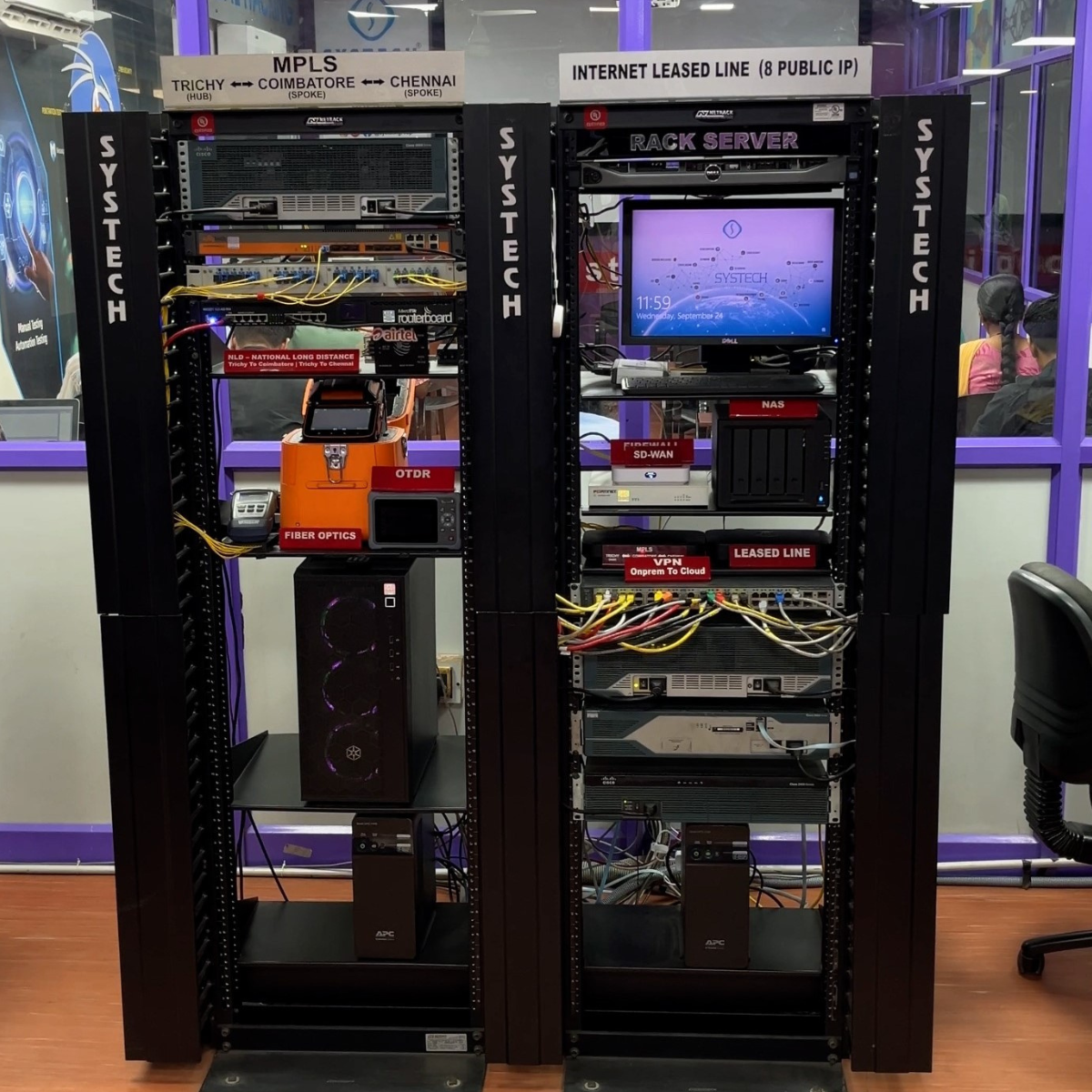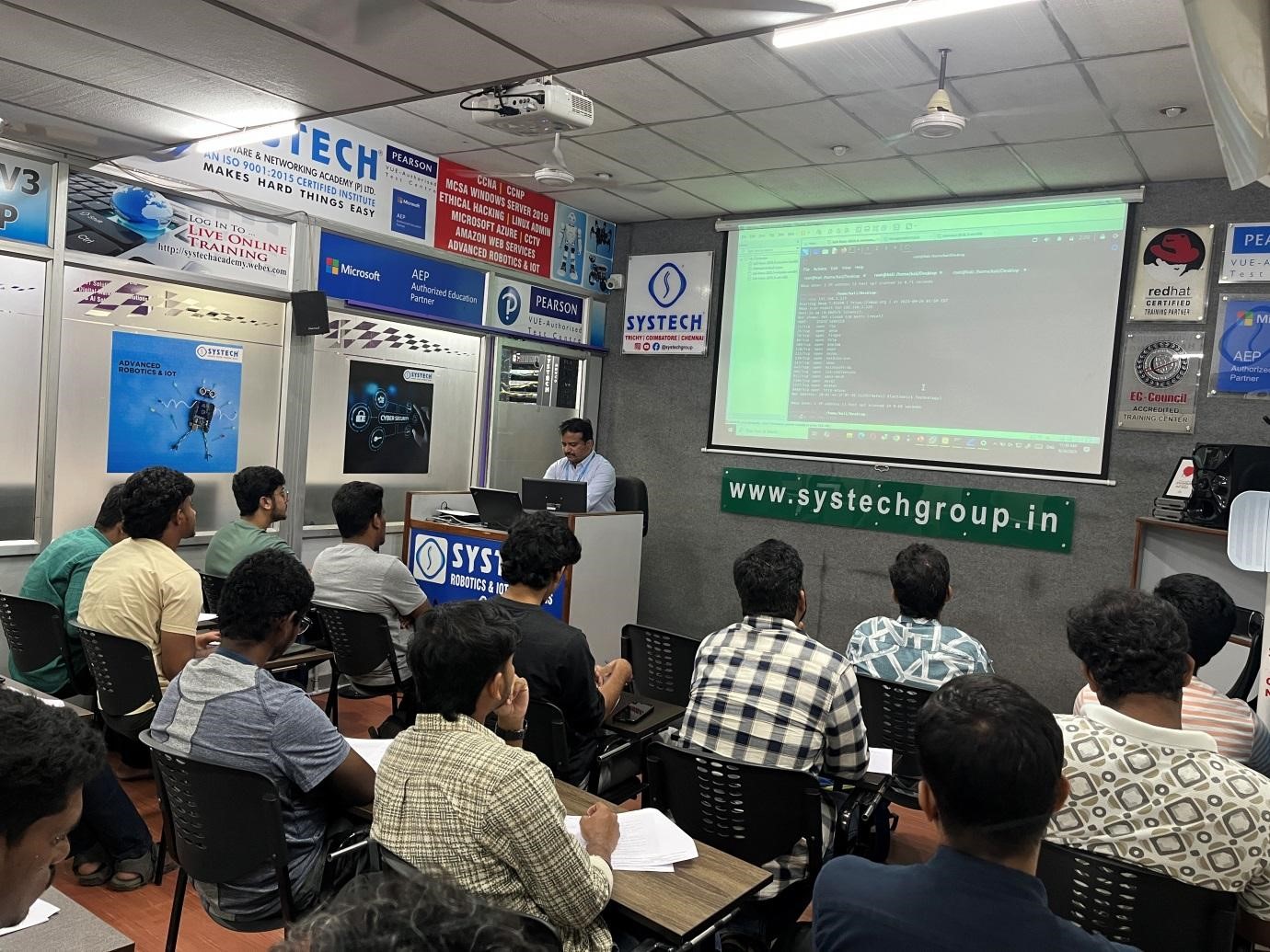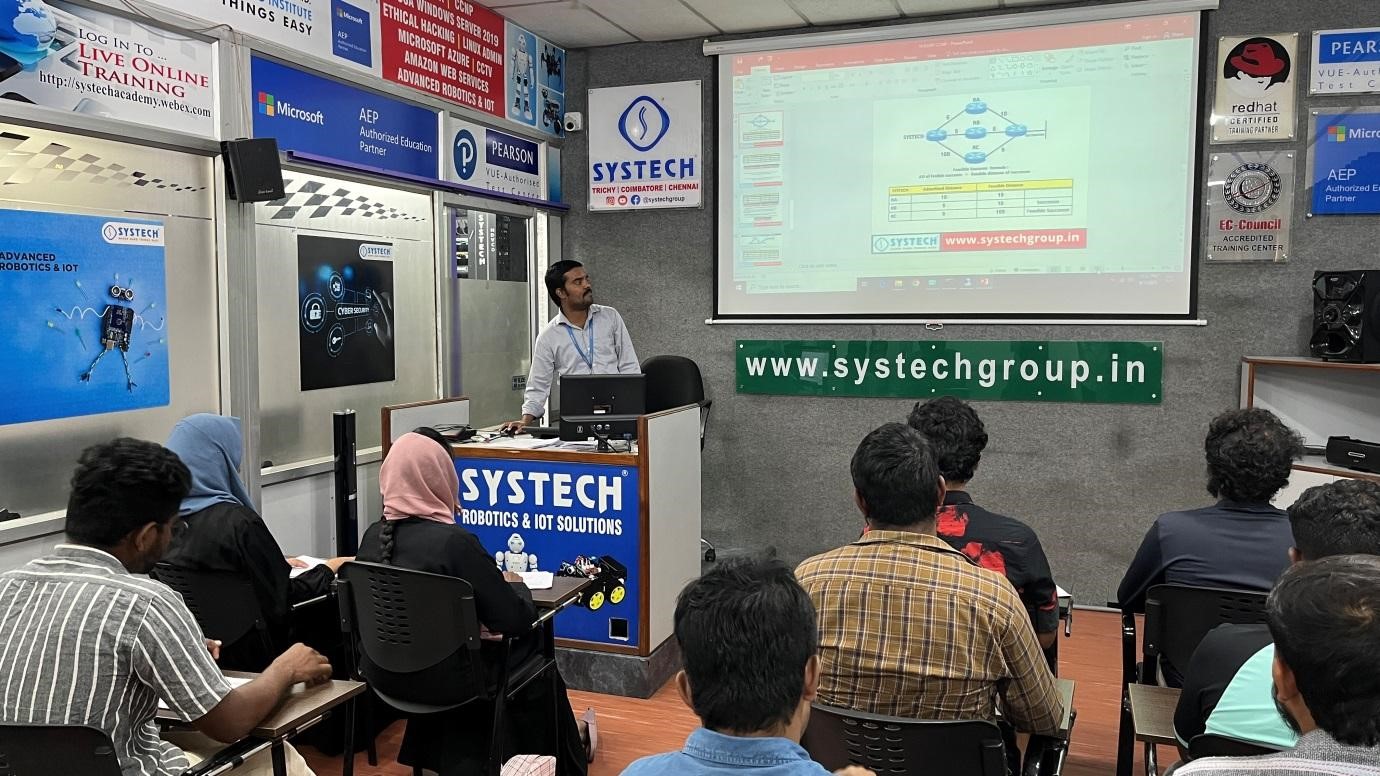How to Configure Your Firewall for Maximum Cybersecurity Protection
In today’s highly connected digital landscape, cyber threats are evolving rapidly. From ransomware and phishing to sophisticated network intrusions, organisations of all sizes face persistent security risks. One of the main causes behind many successful cyber attacks is poor firewall configuration, which exposes networks to unauthorised access and potential data breaches.
A firewall serves as the critical first line of defence. It controls data flow between trusted internal systems and untrusted external networks like the Internet. But just installing a firewall doesn’t guarantee safety. To achieve strong protection, strategic configuration, ongoing monitoring, and timely maintenance are essential.
This helpful manual will take you through the steps of setting up your firewall to be extremely secure. You will determine how to design network zones, create effective access rules, combine VPN with NAT, use advanced Next-Generation Firewall capabilities and stay on constant alert. Besides, learn how on-the-job training in cybersecurity at Systech Group would prepare the future IT professional to create robust networks that can resist the current attacks.
Understanding Firewall Configuration and Its Importance
A firewall configuration refers to the act of setting up rules to control what data packets are allowed to bypass your network perimeter. The firewall blocks unauthorized connections and allows legitimate ones by checking the traffic on the basis of IP addresses, ports and protocols.
A properly configured firewall can:
- Block malicious traffic and unauthorised access attempts
- Enforce company security policies and regulatory compliance
- Segment the network into secure zones to contain attacks
- Log suspicious actions for rapid threat detection
- Secure remote access through encrypted VPN tunnels.
- On the other extreme, an improperly set-up firewall exposes your organisation to vulnerabilities that hackers can exploit to cause an expensive information leak and significant reputation loss.

Step 1: Harden Your Firewall Security
Before defining traffic rules, protect your firewall itself from attacks targeting its control interface. Follow these best practices:
- Consistently upgrade firewall software and hardware to correct security vulnerabilities.
- Change default usernames to unique ones and strong passwords.
Only allow access to administrative information by trusted IP addresses.
- Turn on multi-factor authentication for every Administrator.
- Disable unencrypted management protocols such as Telnet or HTTP in favour of secure ones such as SSH or HTTPS.
All these measures will help minimise the chances of your firewall being successfully breached and ensure the integrity of the whole network.
Step 2: Design Network Zones and Interfaces
Segment your network into zones based on trust and function to limit threat spread and simplify management:
- Internal Zone: Trusted devices and sensitive resources
- Demilitarised Zone (DMZ): Public-facing servers such as web and mail servers
- Guest Zone: Restricted internet access for visitors or contractors
- External Zone: The untrusted internet
Assign separate firewall interfaces to each zone, applying targeted rules to control inter-zone traffic and isolate breaches effectively.
Step 3: Firewall Rules definition and prioritisation.
The rules of firewalls determine the way traffic is treated. Rules that are not sorted out properly or rules that are too liberal run the risk of opening your network. Follow this approach:
The first step is to use a default deny policy, which blocks all traffic unless it is permitted.
- Provide rule parameters such as source/destination IPs, ports and protocols.
- Open ports that are needed (e.g. 80 and 443 web traffic)
- Make rules the least specific to the most general as firewalls are processed in order.
- Revise and eliminate old or unnecessary rules on a regular basis.
As an example, Open inbound HTTPS traffic to your web server but block outbound traffic of all other inbound traffic.
Step 4: Implement Access Control Lists (ACLs)
ACLs provide fine-grained control by filtering who can access what resources. Best practices include:
- Allow access only to authorised users, IP ranges, or devices
- Block known malicious IP addresses proactively
- Incorporate user authentication for identity-based access control
- Apply the Principle of Least Privilege to grant minimal necessary access
This additional layer of policy enforcement limits exposure and guards critical assets.
Step 5: VPN and NAT setup to achieve secure connectivity.
- VPNs also provide encryption of remote communication, which enables employees to log into the internal resources with safety. These channels should be secured using strong authentication techniques and certificates.
- NAT conceals the IP addresses of the systems within the network, translating them to the external IPs in outgoing traffic, and covering the internal architecture of your network.
Combined, VPN and NAT help to improve privacy, scalability, and security of distributed workplaces.
Step 6: Capitalise on Next-Generation Firewall (NGFW) Capabilities.
In modern NGFWs, basic packet filtering is augmented with such capabilities as:
- Application awareness: Block risky applications irrespective of port or protocol.
- SSL/TLS Inspection: Scan traffic encrypted with hidden threats.
Intrusion Prevention Systems (IPS): Identify and prevent real-time attacks.
- Sandboxing: Separate suspicious files to analyse their behaviour.
- AI-Based Threat Detection : AI-based detection through machine learning can identify the zero-day exploit.
These are adaptive, intelligent tools that elucidate advanced cyber threats.
Step 7: Continuous Monitoring and Incident Response
Firewall configuration is not a one-time job. Maintain security by:
- Enabling detailed traffic logs to spot unusual behaviour
- Real-time alerts with the use of firewalls and Security Information and Event Management (SIEM) tools.
- Vulnerability assessment and penetration tests should be conducted on a regular basis.
- Uploading rule updates immediately to overcome emerging threats.
- Setting up automated alerts for suspicious events and failed admin login attempts
- Proactive monitoring minimises damage from attacks.
Step 8: Periodic Audits and (Compliance Checks).
Periodic audits will help to maintain the effectiveness of firewalls and adherence to such standards as GDPR, ISO 27001, and PCI DSS. Key activities include:
- Reviewing firewall rules and configurations against policies
- Removing redundant or risky exceptions
- Testing backup and disaster recovery plans
- Documenting all rule changes and performing role-based access reviews
These measures uphold regulatory readiness and operational security.
Avoid Common Firewall Setup Mistakes
Even experts can slip up. Watch out for:
- Overly broad “any-any” rules that bypass restrictions
- Skipping firmware updates or neglecting backups
- Using weak or shared administrative passwords
- Overlooking internal traffic monitoring needs
- Ignoring logs and alerts due to perceived false positives
Staying vigilant prevents simple errors from causing serious breaches.
Why Choose Systech Group for Hands-On Firewall Training?
If you’re aiming to build a strong career in configuring firewalls and mastering cybersecurity, Systech Group is a trusted destination for hands-on, industry-focused training. With 23 years of expertise and over 15,000+ students successfully trained, Systech continues to shape future-ready IT professionals across India.

Every learner gets 100% practical exposure on real devices inside corporate-grade labs, working directly with firewalls, routers, switches, MPLS, SD-WAN, Fibre Optic Cabling, NAS and OLT configurations. This real-world setup helps students gain the technical confidence needed to handle complex IT infrastructures.
Training sessions are led by MNC-experienced trainers who bring practical insights from the field, ensuring you learn what truly matters in today’s tech-driven industry. Along with career guidance and global certification support through Pearson VUE and PSI, Systech empowers learners to achieve credentials like CEH, CCNA, AWS and Microsoft Azure.
Recognised as a leading Hardware and Networking training institute
In India, Systech, with branches in Trichy, Coimbatore and Chennai, empowers aspiring professionals to build strong, future-ready careers in Networking, Cybersecurity, and Ethical Hacking.

Final Thoughts:
A properly planned firewall is the basis of a good cybersecurity implementation. You create a robust, multifaceted defence against the current threats by securing the firewall itself, network segmentation, precise rules, the use of ACLs and the utilisation of NGFW features.
Technology is not sufficient; we need skilled professionals to set up, administer, and control these defences appropriately. Systech Group can close this gap by providing professional training where you will be able to defend the networks with much confidence even amidst the changing cyber threats.
Take the next step to becoming a cybersecurity expert with Systech — where learning meets innovation and careers meet opportunity.